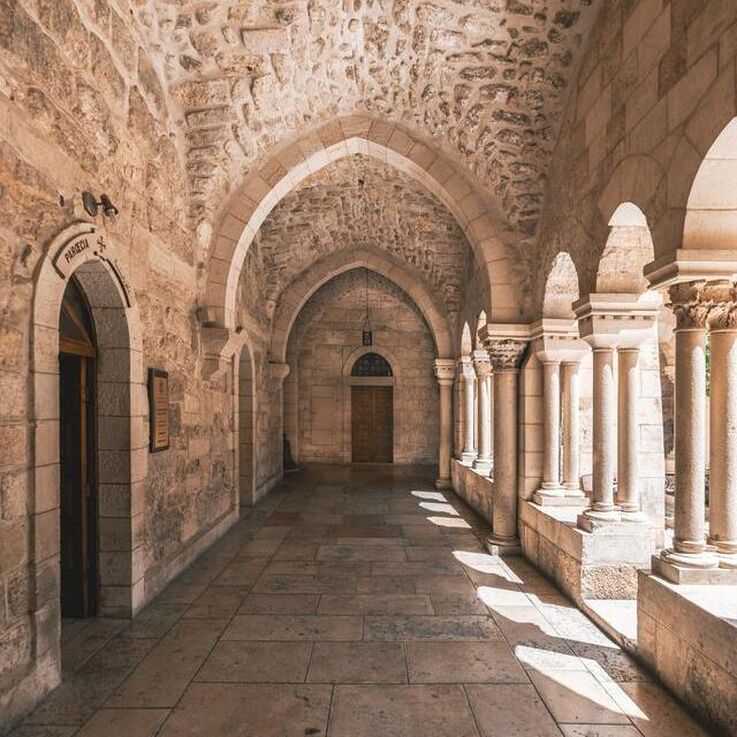為了證實這個論點,我將調查舊約聖殿和古代近東寺廟的宇宙象徵性的證據。然後我會論證伊甸園是第一個原型的聖殿,它是所有後續聖殿的模型。對伊甸園的這種理解,將增強舊約帳幕和聖殿是整個創造的象徵性縮影的觀念。作為微觀的象徵性結構,它們被設計成指向一個世界性的末世聖殿,完美地反映了上帝的榮耀。啟示錄最後的異象描繪的正是這座普遍擴展的末世聖殿。將引用新約中有關聖殿的其他相關經文,以進一步支持這一論點。
唐興 摘譯自:G. K. Beale,《聖殿和教會的使命:上帝居所的聖經神學》,編輯。 D. A. 卡森,卷17,《聖經神學新研究》(伊利諾伊州唐納斯格羅夫;英格蘭:校際出版社;阿波羅,2004),25-26。
In attempting to substantiate this thesis, I will survey the evidence for the cosmic symbolism of Old Testament and Ancient Near Eastern temples. Then I will argue that the Garden of Eden was the first archetypal temple, and that it was the model for all subsequent temples. Such an understanding of Eden will enhance the notion that the Old Testament tabernacle and temples were symbolic microcosms of the whole creation. As microcosmic symbolic structures they were designed to point to a worldwide eschatological temple that perfectly reflects God’s glory. It is this universally expanded eschatological temple that is pictured in Revelation’s last vision. Other relevant passages about the temple in the New Testament will be adduced in further support of this contention.
G. K. Beale, The Temple and the Church’s Mission: A Biblical Theology of the Dwelling Place of God, ed. D. A. Carson, vol. 17, New Studies in Biblical Theology (Downers Grove, IL; England: InterVarsity Press; Apollos, 2004), 25–26.

 RSS Feed
RSS Feed